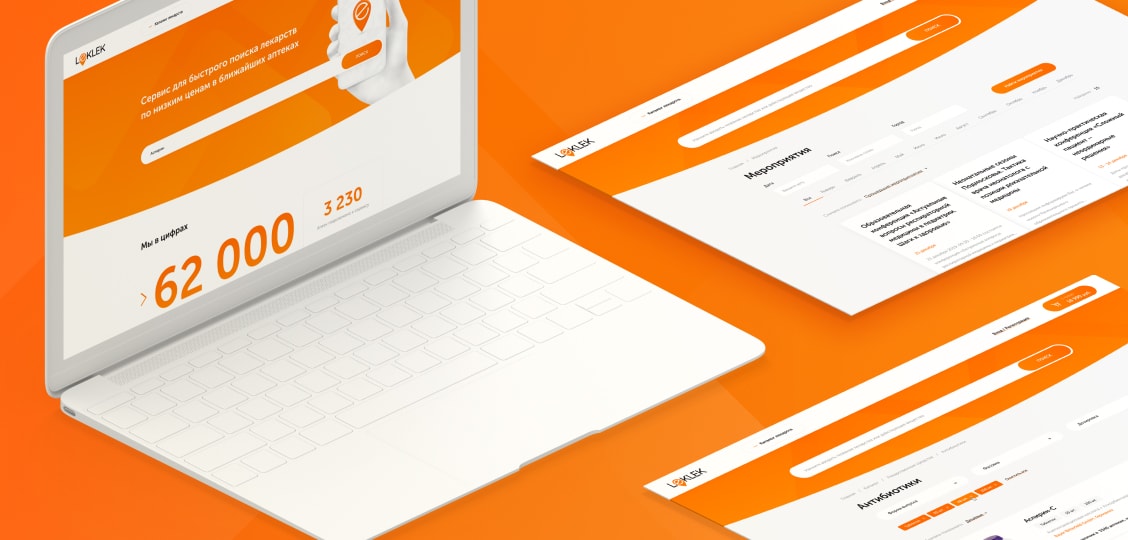Solution
First and foremost, our software experts analyzed the customer’s
business and technical requirements. Discussing the future online
medicine ordering app, we went on several business trips to the
client’s office where we helped prepare a clear specification
including a monetization strategy and project roadmap.
To make a web system that would fight off competition, our business
analyst conducted competitor analysis, created user stories, empathy
maps, and impact maps. Thanks to this stage, we defined a set of
features and design elements that should be developed to meet the
audience needs. For example, we decided to enable personalized
product recommendations based on user data analysis and location.
In order to create a performant scalable application while reducing
time-to-market, our engineers employed Python. With the purpose of
improving the software development speed, our team used Django, a
framework that helps programmers faster make digital products with a
clean intuitive design.
At Arateg, we enjoy Python for its high development speed,
portability, and a number of functionality packages. Besides
enterprise web applications, it has multiple use cases such as data
science, scientific computing, data security, and artificial
intelligence (e.g., machine learning, deep learning, natural
language processing).
We also employ this language for building REST APIs. In some cases
before, Python and its tools were chosen for making the client-side
of Ajax-based applications. However, now it is an outdated use case.
Since an online pharmacy marketplace was intended to connect
numerous drug suppliers, our team designed a modern user interface
with numerous search filters and intuitive navigation.
The development part was the most complex project phase. We
estimated the work scope, planned 2-week sprints to frequently
deliver new functionality, and assigned activities. Following Agile
best practices such as everyday 15-minute team meetings, close
cooperation with the customer, focus on value, etc., we released a
high-quality web system within tight deadlines.
Once backend and frontend parts were ready, our QA engineers tested
a web application for bugs, errors, security vulnerabilities,
performance, and compliance with the project requirements.


